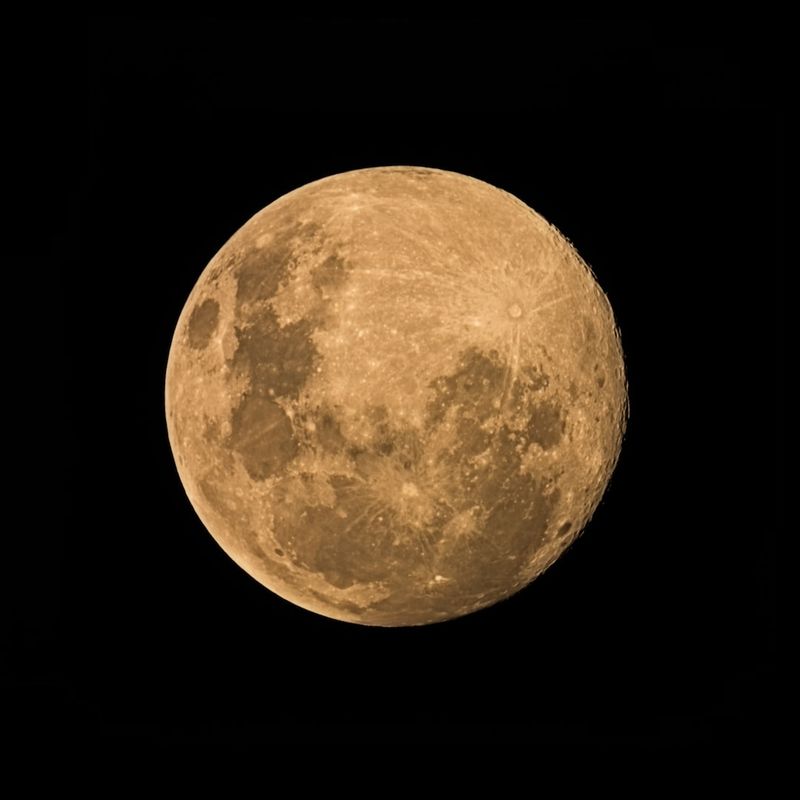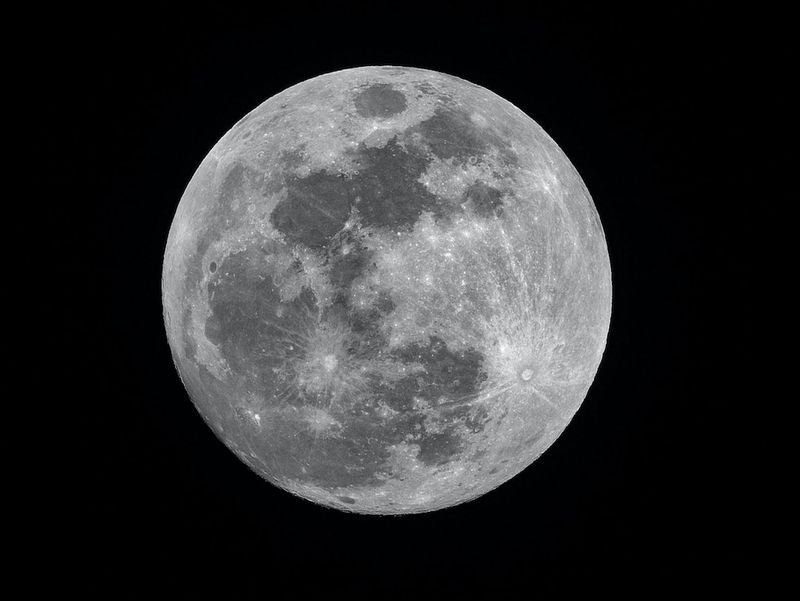Supermoon: A Celestial Wonder
Introduction
The Moon has captured the attention and wonder of people for centuries. Its ethereal beauty, mysterious allure, and its ability to affect the tides have made it a fascinating celestial object. This month, the Moon is being exceptionally generous, as it graces the night sky as a supermoon. Understanding what a supermoon is, how it can be seen, and the significance of this celestial event allows us to appreciate the wonders of the natural world and our place within it.
What is a Supermoon?
A supermoon occurs when the Moon is at its closest approach to the Earth. Instead of following a perfect circular orbit, the Moon’s path is elliptical, resulting in variations in its distance from Earth. The moment when the Moon is closest to our planet is called the lunar perigee. During this perigee, the Moon appears larger and brighter than usual, giving it the nickname “supermoon.”
On August 1st, the Sturgeon Moon, named after the increase in sturgeon fish in North American lakes during this time of year, reached its full phase. While the Moon technically reached its fullest point at 19:31 BST, observers in the UK had to wait until 21:22 BST for it to rise above the horizon. Despite this delay, the Moon remained indistinguishable from a full Moon throughout most of the night before setting at 05:42 BST the following morning.
Viewing the Supermoon
To catch a glimpse of the supermoon, it is best to look towards the horizon just after sunset. Although having a clear, low southeast horizon will hasten its visibility, the Moon will steadily rise, making it visible from nearly anywhere in the country. Thanks to its brilliance, it can be easily seen even in bright city lights or the dark countryside. While no special equipment is needed to witness this celestial spectacle, using binoculars or a small telescope can enhance the viewing experience.
However, the ever-unpredictable British weather might play spoilsport. According to BBC Weather, an area of low pressure could bring clouds and rain from the west, potentially making it difficult to observe the supermoon. The northern mainland of Scotland is expected to have clearer spells, allowing for prime viewing. In parts of north Wales, the Midlands, northern England, and East Anglia, there may be a few cloud breaks until midnight before rain arrives. After the rain, the southwest and southeast Wales could experience some cloud breaks before the moon sets.
Philosophical Discussion: Witnessing Celestial Spectacles
The supermoon serves as a reminder of the awe-inspiring wonders that exist beyond our immediate surroundings. Our daily lives can often be consumed by routine, mundane tasks, and the stresses of modern existence. In these moments, taking a step back to appreciate and connect with the natural world can provide a much-needed perspective and solace.
Celestial events, such as the supermoon, offer an opportunity to contemplate the vastness of the universe and our place within it. They invite us to ponder the mysteries of existence, question our purpose, and contemplate the beauty that surrounds us. Through witnessing these spectacles, we are reminded of the interconnectedness of all living beings and the importance of cherishing the delicate planet we call home.
Editorial: The Importance of Nature
In a world dominated by technology and the constant influx of information, it is crucial to reconnect with nature. The supermoon serves as a poignant reminder of this need. As humans, our lives are intricately linked to the natural world, and its wonders have the power to evoke profound emotions and inspire impactful change.
By taking the time to observe and appreciate celestial events like the supermoon, we gain a deeper appreciation for the natural world. This appreciation can drive us to protect and preserve the planet and its ecosystems for future generations. It reminds us of the fragility and impermanence of life and the importance of cherishing and safeguarding the Earth’s resources and biodiversity.
Advice: Embrace the Natural Wonders
Given the uncertain weather conditions, those hoping to witness the supermoon should remain adaptable and patient. However, even if the weather does not cooperate, there are still lessons to be learned from this experience. The moon’s brilliance can be seen even when the sky is not particularly dark or clear, reminding us that there is always beauty to be found, even in less than ideal circumstances.
If the supermoon is not visible due to weather conditions, taking solace in the fact that there will be more celestial wonders in the future can help maintain a sense of wonder and anticipation. The upcoming Blue Moon on August 30th, which occurs when there are two full Moons within a single calendar month, presents another opportunity to marvel at the celestial canopy above.
Ultimately, the supermoon serves as a reminder of the breathtaking beauty and mysteries of the natural world. By taking the time to witness these spectacles and reconnect with nature, we are invited to contemplate our place within the universe and the role we play in protecting and preserving the planet for future generations.

<< photo by Michael >>
The image is for illustrative purposes only and does not depict the actual situation.
You might want to read !
- Does Tigers’ Eduardo Rodriguez’s Use of No-Trade Clause Spark Controversy at Deadline?
- The Power and Influence of No-Trade Clauses in Major League Baseball
- “Settlement Reached: Henrietta Lacks’ Family Finds Closure in Historic Case”
- Deadly Discovery: Surge in Tragic Deaths Strikes Newtown Creek’s 27-Year-Old Men
- Intensifying the Thrills: Cedar Point Unveils the “Top Thrill 2” Coaster
- Unveiling the Power Players: Meet the Big Brother 25 Cast
- “Who Will Outlast, Outwit, and Outplay? Meet the 16 New Houseguests of ‘Big Brother’ Season 25”
- The Astronomical Significance of the Next Supermoon: The Sturgeon Moon Rises
- “Exploring the Multiverse: What to Expect in Loki Season 2”
- “Thrilling or Disappointing? Cedar Point Fans Sound Off on Online Top Thrill Dragster Reveal”
- Your Guide to Celestial Spectacles: Full Moons, Supermoons, Blue Moons, and the Meteor Shower Extravaganza
- “Unveiling the Majestic Supermoon: August’s Full Sturgeon Moon Illuminates the Skies”
- Henrietta Lacks’s Legacy: Family’s Settlement Marks an Embodied Ethical Responsibility
- Why Did Eduardo Rodriguez Veto the Trade to the Dodgers?




